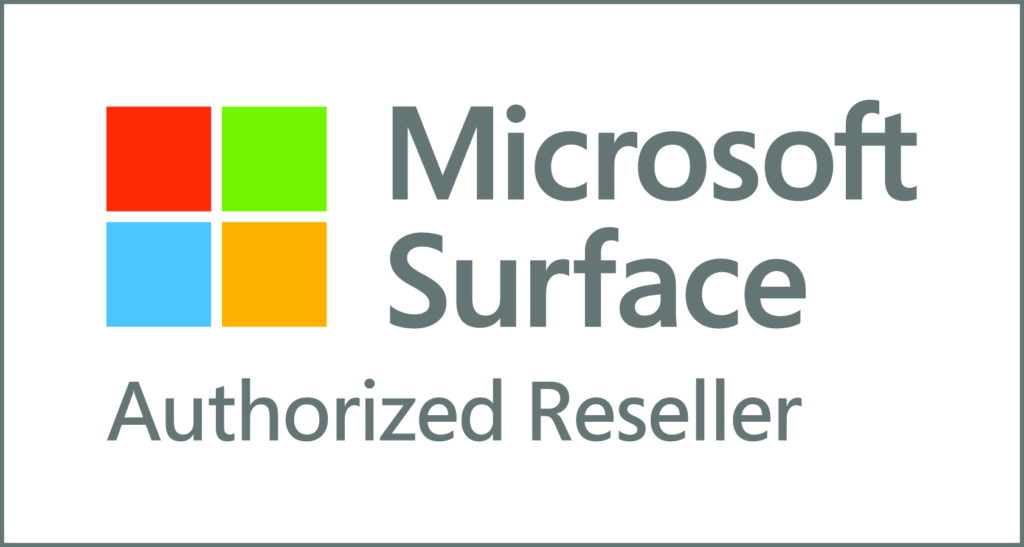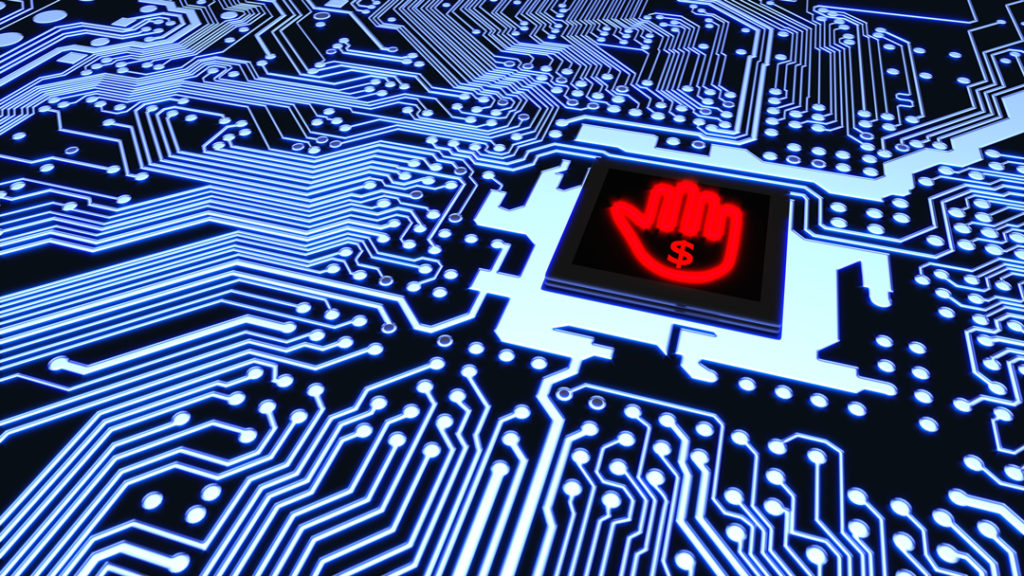In the first of our 2-part series on Network Security in Banking, we looked at the importance of network security for financial institutions. In Part 2 we will discuss the signs of a security breach and methods that you can employ to mitigate or eliminate your risk.
HOW DO YOU KNOW IF THERE HAS BEEN A BREACH ON YOUR BANK’S NETWORK, AND WHAT SHOULD YOU DO IF THERE WAS ONE?
This is a question we get asked quite often. It would be challenging for any bank to tell if their network has been breached unless there was evidence that something had happened. That evidence could take many forms, such as seeing strange behavior on your network, having suspicious files on your bank’s servers or machines, or seeing strange activities in the logs of your security tools and applications.
Gathering that evidence is key to determining if there has been a breach. Then, you must determine what data or hardware was compromised. Often we find customers who have no idea they have been breached. This is because breaches often go unseen to them. Once the attackers have what they want and can start moving money or selling account details on the dark web, it is too late.
If you find out there has been a data breach at your bank, then communicating with customers is critical, and also what you do to mitigate the damage can help in how customers view your company. If you take care of them right away by offering free credit monitoring, for example, they may be less likely to go elsewhere because of this event. Posting information on social media about the data breach is another good way that many companies use today to get the word out to their customers.
Also, executing a thorough investigation of what happened and how it happened is key, so you can figure out who did the breach (if possible), where they came from, and how they got in without being detected for as long as they were there. This will help prevent future attacks as you identify weaknesses and improve on them.
It can be difficult to identify breaches without evidence or alerts coming from security tools and applications. One solution is to use a managed service provider that uses endpoint detection tools. This will tell you if there have been any changes to your servers, desktops, laptops, or other devices that have been made after someone has compromised them.
Endpoint detection helps us determine whether or not there is a breach happening on your bank’s network by telling you what files have changed since they were last scanned. Unusual activity should be investigated immediately and dealt with quickly to prevent compromising your network or servers.
MANAGED NETWORK SECURITY SOLUTIONS FOR BANKS FROM TOTAL NETWORX
Total Networx protects your bank’s network through a comprehensive suite of network security measures:
Patch Management & Monitoring
The most critical aspect of any cybersecurity plan is effective patch management. Total Networx can solve this issue by making sure all of your devices have the latest security patches at all times. Keeping your system updated blocks attackers from leveraging known security flaws.
Managed Network Firewall
Internet threats are becoming more sophisticated all the time. Implementing and monitoring a network firewall is imperative. We make sure that your firewall and network are properly maintained and monitored for any anomalies.
Two-Factor/Multi-Factor Authentication
Whether connecting to a server remotely or securing your Microsoft 365 account, implementing Two Factor Authentication is a must-have. According to Microsoft, 99% of hacked accounts didn’t use MFA. Two Factor is a critical component in keeping your users safe.
Dark Web Credentials Monitoring
A dark web scan checks the dark web for your information among lists of stolen data, usually from data breaches. If your data is found on one of these sites, you’ll be alerted and can then take the necessary next steps.
Endpoint Device Protection
The explosion of mobile devices has created a much larger attack surface for the internet’s bad actors. Total Networx will layer in a security solution to protect all your endpoints – mobile, laptops, desktops, and servers – from malicious activity and unauthorized access to your data.
SOC-as-a-Sercice (SOCaaS)
A well-developed and well-run security operations center (SOC) can help strengthen the security posture of any business. However, building and maintaining an effective SOC in-house can be costly and complex. SOC as a Service provides your organization with a cost-effective alternative, offering an external team of cybersecurity experts and analysts to detect advanced threats.
Cybersecurity Training for Employees
Because employees are the core of any business, they are a primary target for cybercriminals. Making sure your team stays up-to-date with network security knowledge and teaching them to recognize common threats is imperative to the longevity of your business. The cybersecurity threat is evolving at a constant rate, and so should your approach to network security.
Email Security
Advanced email security requirements are necessary for any business today. Banks need a secure and effective email solution. This requires your bank to have accurate threat detection that enables control and flexibility for your team members and best practice methods to keep business email uptime. Total Networx always employs several techniques to keep you secure. Always.
Wi-fi Security
It’s difficult to keep track of all the devices and users who connect to your network, which can lead to major gaps in security. A managed WLAN service utilizes a layered security architecture, with a centralized authentication infrastructure to regulate access to the network, automatic monitoring of all users and devices, and wireless intrusion detection, prevention, and mitigation.
Conclusion:
Network Security is a top priority for banks and financial institutions. If you’re a stakeholder of a bank or insurance company, we can help you with cybersecurity solutions and network security to ensure your business stays protected from hackers and malware threats. We offer an array of services including risk analysis, IT consulting, cyber defense training, and more. Give us a call today at 952-400-6500 so we can get started on creating a tailored plan that will keep your customers safe!
FAQs
Q: How do banks protect against insider threats?
A: Banks employ various strategies to protect against insider threats. Banks can mitigate the risk of insider threats by limiting access to sensitive systems and information, monitoring employee behavior, and maintaining a culture of security awareness. These measures include implementing strict access controls and segregation of duties, conducting background checks during the hiring process, monitoring and logging employee activities, and regularly reviewing and updating security policies and procedures.
Q: What is the role of encryption in securing data in banking networks?
A: Encryption plays a crucial role in securing data in banking networks. It involves converting sensitive information into an unreadable format that can only be deciphered with the appropriate decryption key. Banks utilize encryption techniques to protect data both during transmission over networks and while at rest in storage systems. By implementing robust encryption protocols, banks ensure that even if data is intercepted or stolen, it remains inaccessible and unintelligible to unauthorized individuals.
Q: How do banks protect online banking transactions from cyberattacks?
A: Banks employ several security measures to protect online banking transactions from cyberattacks. These measures include secure socket layer (SSL) certificates, two-factor authentication, transaction monitoring, fraud detection systems, and secure coding practices. SSL certificates establish secure connections between users’ devices and the bank’s servers, encrypting data during transmission. Two-factor authentication adds an extra layer of security by requiring additional verification beyond passwords. Transaction monitoring and fraud detection systems help identify and prevent fraudulent activities in real time.
Q: What are the key considerations for securing mobile banking applications?
A: Securing mobile banking applications requires attention to critical considerations. These include implementing strong user authentication methods, encrypting data transmitted between the mobile app and the bank’s servers, conducting regular security assessments and updates, and educating customers about safe mobile banking practices. Banks often utilize biometric authentication, such as fingerprint or facial recognition, and passwords for enhanced security. Regular security assessments and updates address vulnerabilities and ensure the application remains resilient against emerging threats.
Q: How do banks handle security incident response and recovery?
A: Banks have established incident response and recovery processes to handle security incidents effectively. These processes include identifying and containing the incident, investigating its scope and impact, implementing remediation measures, communicating with stakeholders, and conducting post-incident analysis. Banks maintain incident response teams comprising IT security professionals trained to handle various types of security incidents promptly. Regularly testing and updating incident response plans helps banks minimize the impact of security breaches and ensure a swift recovery.



